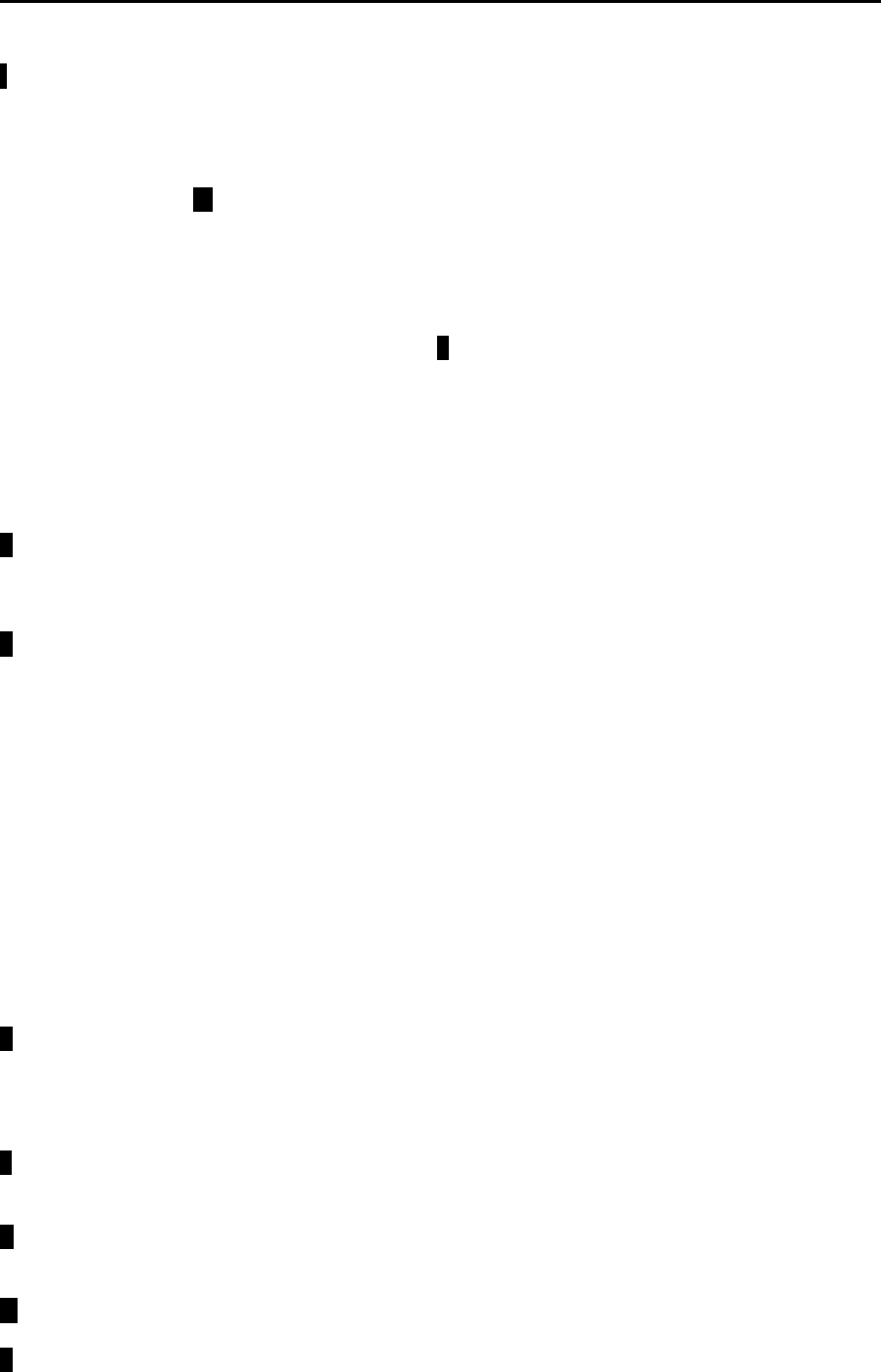
The Last Word 3.0 Reference Manual
5-29
f<[n]text> Define running footer to be printed at the bottom of each page.
<n> is an OPTIONAL offset, in lines, from the bottom page
margin, and should be typed in inverse video immediately before
the text of the footer. For example:
f3Footer<Return>
Will print the running footer “Footer” 3 lines below the last line of
the printed page. Actual footer text should be in normal video,
except where Stage 2 formatting commands appear (Stage 1
commands cannot appear in headers or footers), and must end
with a <Return>. Use the # symbol to print the page number. A
footer or header can consist of up to 8 lines, each terminated by a
<Return>. These lines must each be preceded by the f symbol
and must be defined on consecutive lines. If the footer is
redefined elsewhere in the text, the lines already defined are
discarded. To get rid of a footer, just include f<Return> in your
text.
g<n> Get text bank. Should be on a line on its own, followed by
<Return>. The contents of the text bank will be read and printed in
place of the command.
g<fspec> Get file from disk. This command should be on a line on its own,
terminated by a <Return>. The contents of the file will be read and
printed in place of the command. This works very quickly, even
when reading a file from disk, because a double-buffering system
is used to eliminate slow single-byte read commands.
Any formatting commands in the included files will be carried out.
The advantage that this method has over the link commands of
many word processors is that the same file will be in the edit
buffer after printing. You can have a main file with include
statements and using the "where's the cursor?" command and
print preview, always see the correct pagination. Note that due to
memory constraints on buffering this command is NOT nestable,
i.e. an included file may NOT in turn include another, although an
included BANK may include a FILE.
h<n/text> This defines a running header to be printed at the top of each
page, and works identically to the footer command. The optional
number specifies the offset from the top of the page, and the
default value is 2.
jl Justify text left. All text following this command will be aligned with
the left margin.
jr Justify text right. All text following this command will be aligned
with the right margin.
jc Justify centre. All following text will be centred on the page.
jf Justify fully. All following text will be aligned flush with both the left
and right margins.


















